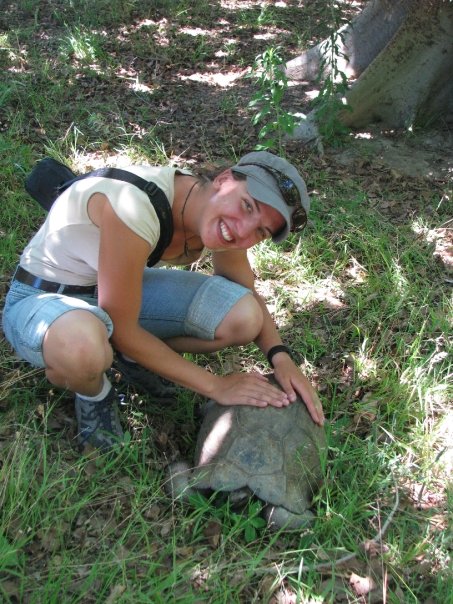
Group photo of our team (2024)
Current Team
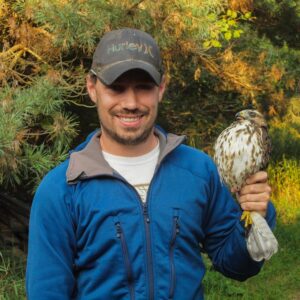
MBO Director
Simon Duval
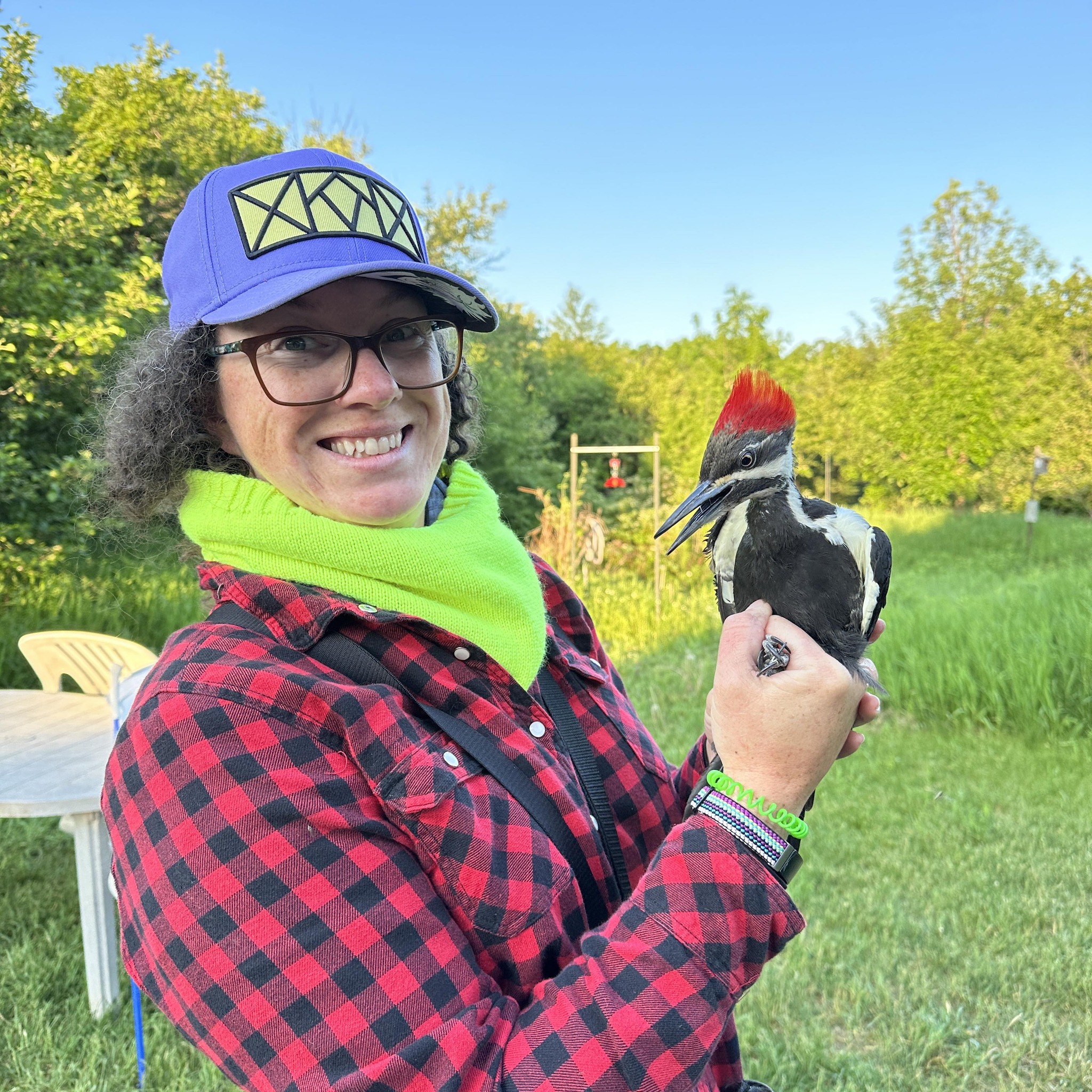
Principal Bander in Charge
Shawna Sévigny
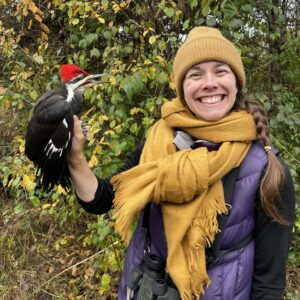
Coordinator and Bander
Cindy Bouchard
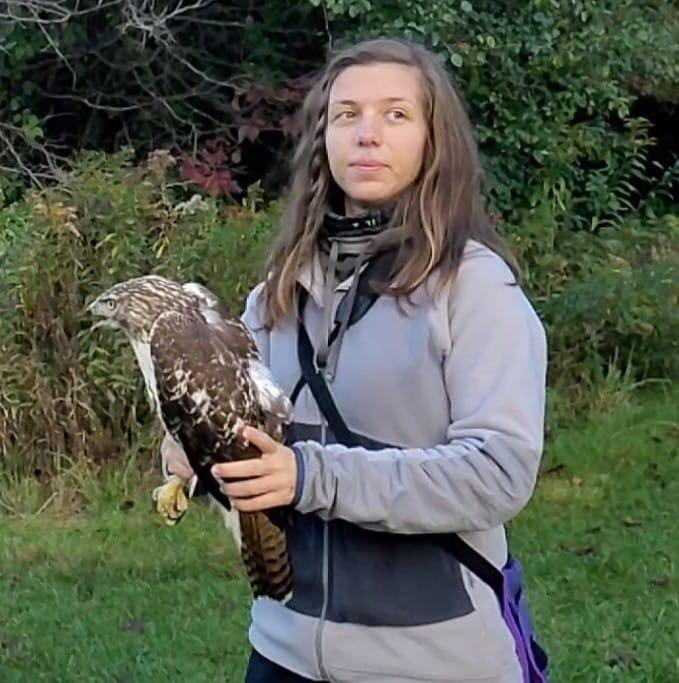
Bander in charge
Stefany Desroches

Bander in charge
Kristen Lalla

Bander in charge
Ana Morales

Owl Bander
Lauriane Nault
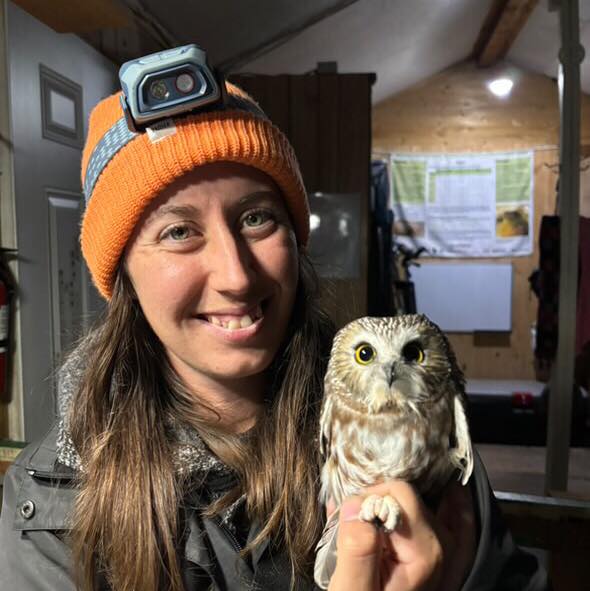
Owl Bander
Audrey Maynard
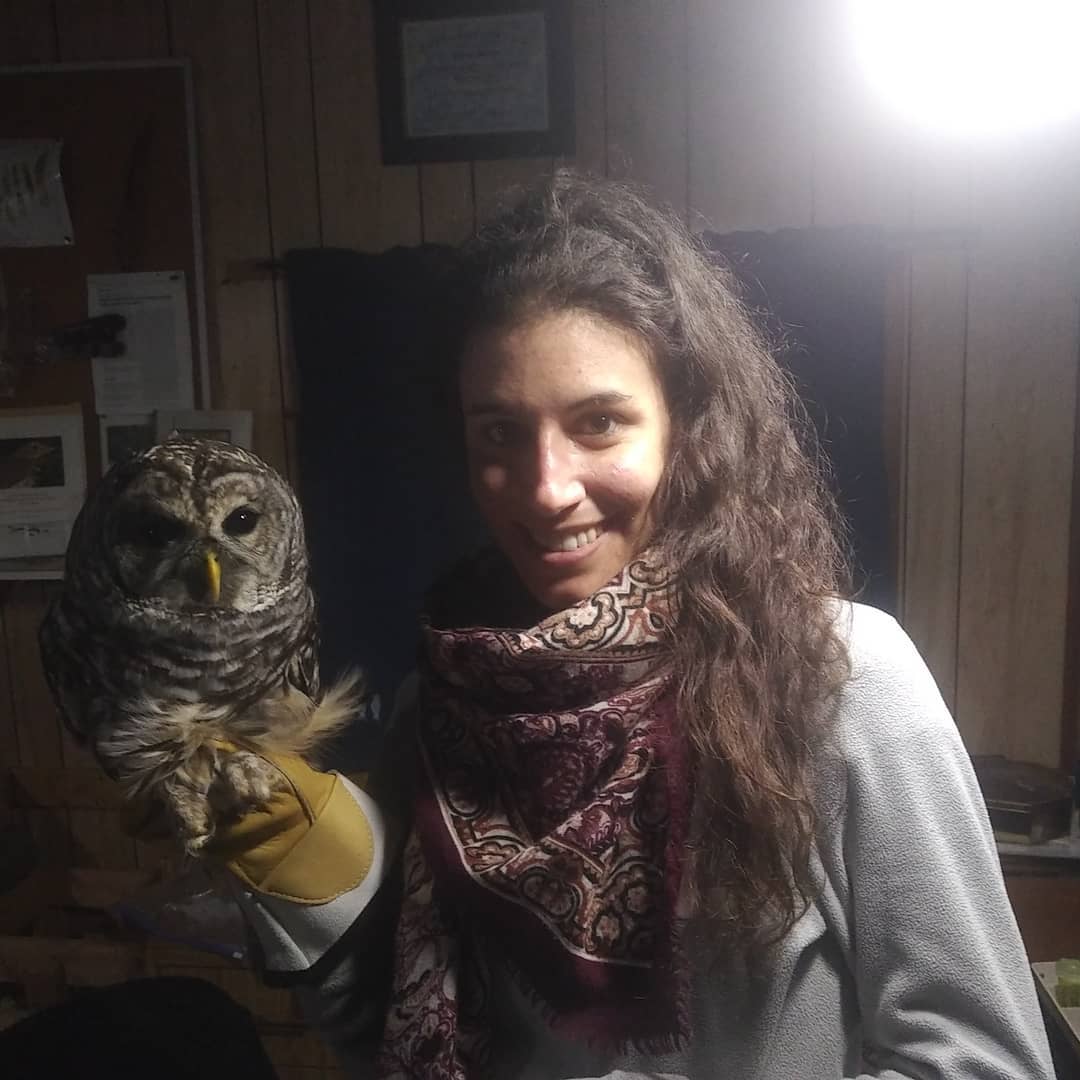
Owl Bander
Ariane Chénard
Our students and Interns
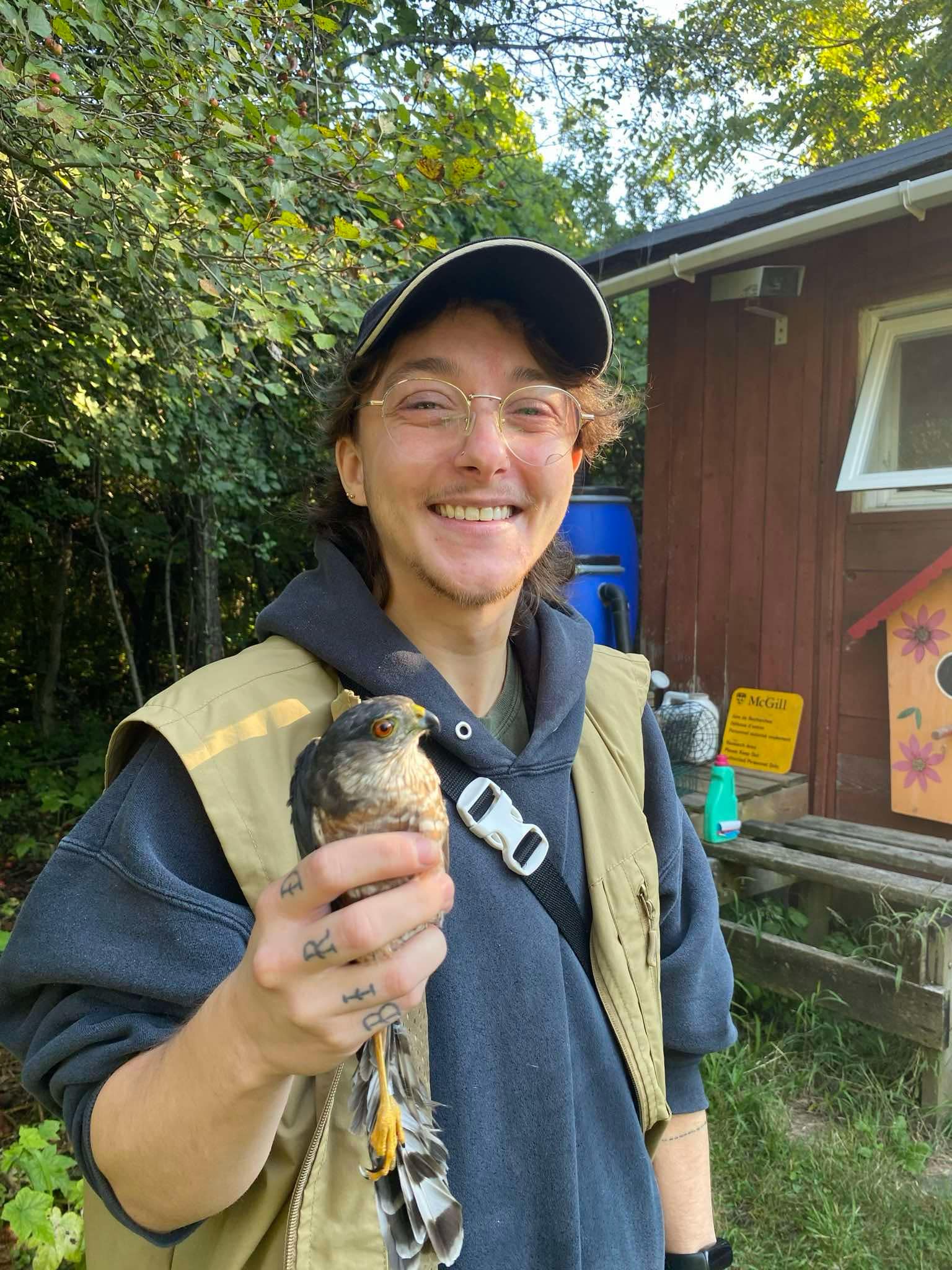
Fall Intern
Milo Lefort
Bander in training

Spring Intern
Roxanne Carrier
Bander in training
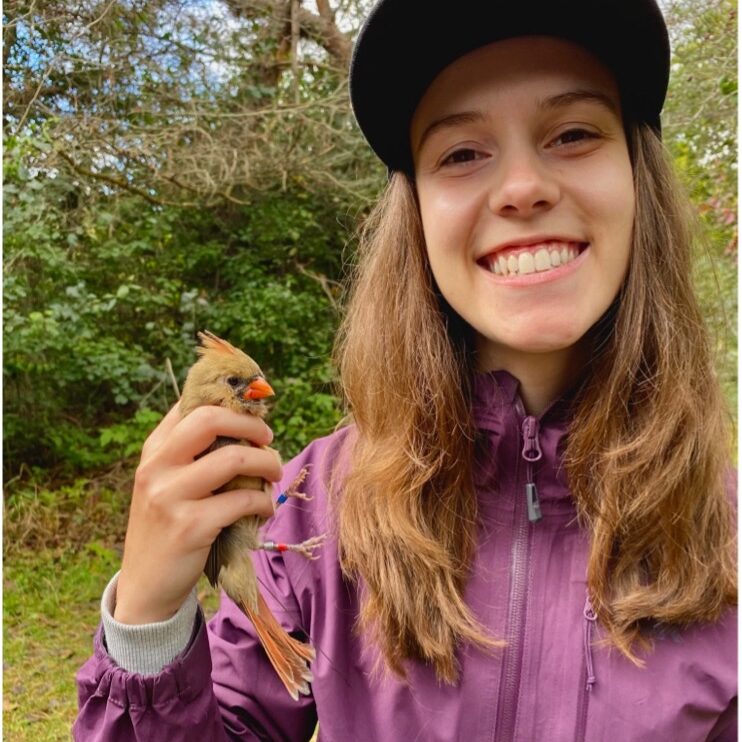
Master Student
Anne-Marie Cousineau
She is studying how Northern Cardinals move across green spaces in Montréal during the winter season.
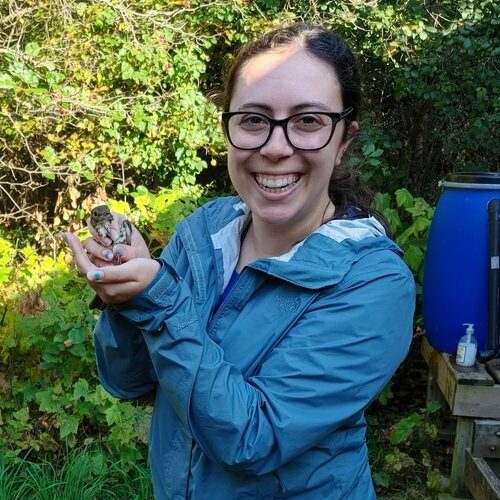
Master Student
Nathanya Goudreau
She is working on mapping the migration of Chestnut-sided & Yellow warblers to determine their stopover and wintering sites.

Our Volunteers
Our work wouldn’t be possible without them. Passionate, dedicated, and meticulous, our volunteers are the backbone of everything we do. They are out in the field at dawn, extracting birds from nets, and sometimes working late into the night during owl migration season. They help clean and maintain the site, tend to vegetation and trails, fill feeders in winter, represent us at events, lead guided tours, and even sew bird bags by hand.
We are incredibly grateful for the amazing team of volunteers who make our mission possible.
3 345
Total volunteer hours contributed last year !
Past contributors
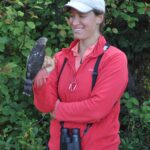
Bander in charge
Laura Tabbakh

MBO Director
Barbara Frei
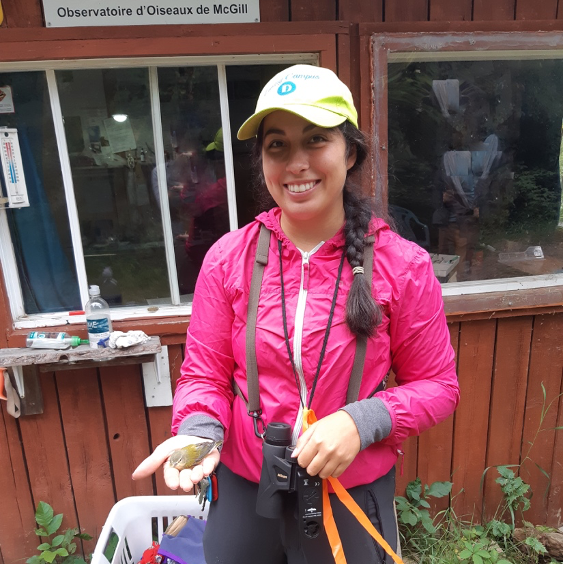
Master’s Student
Vanessa Poirier

Master’s Student
Ana Morales
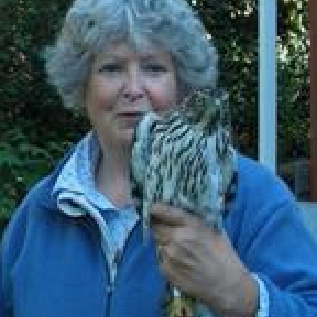
MBO Director
Gayle McDougall
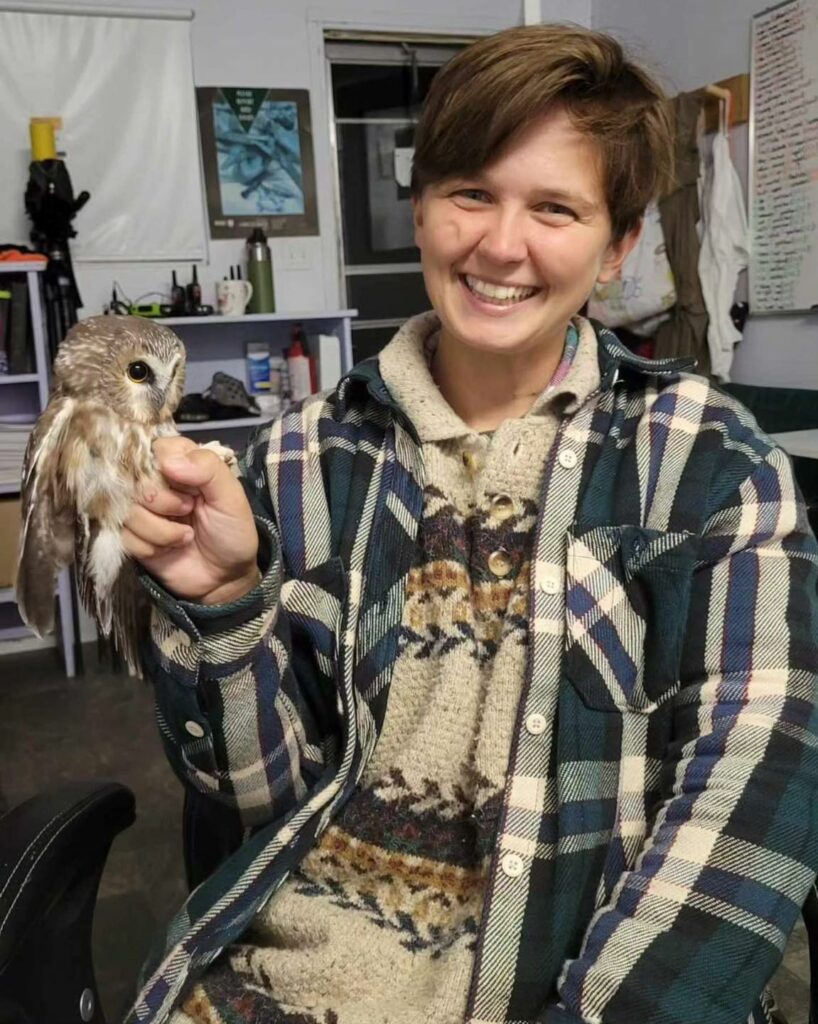
Owl Bander
Kristin Lachance
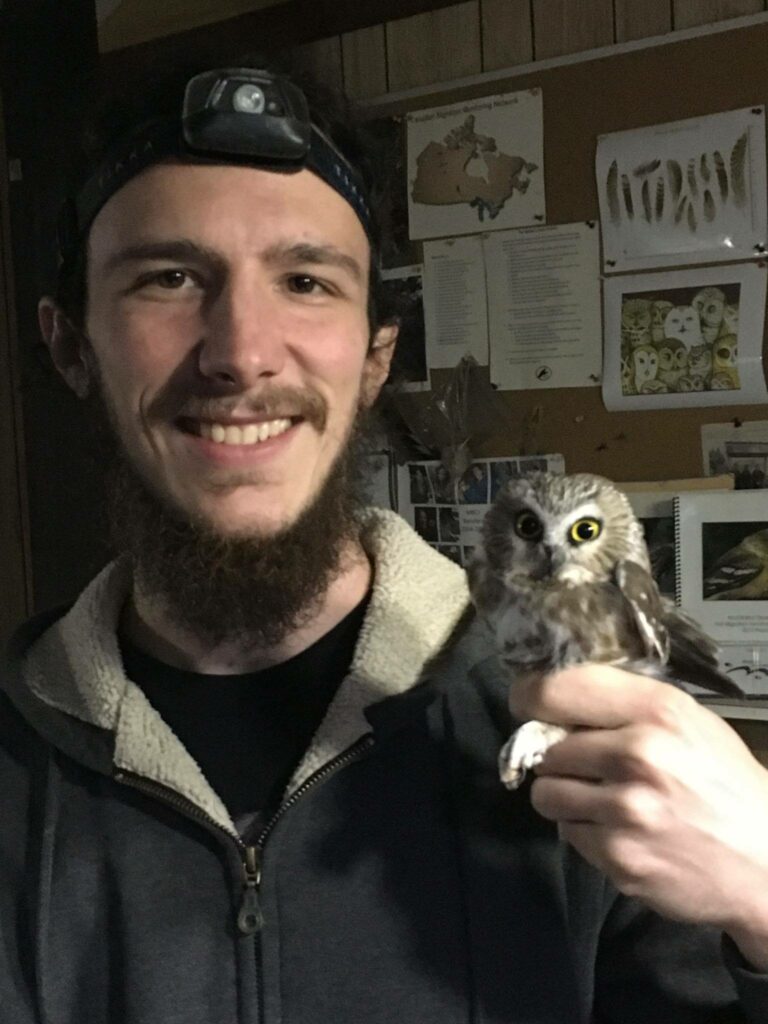
Owl Bander
Nicolas Bernier

Bander in charge
Lisa Keelty

Bander in charge
Marie-Anne Hudson
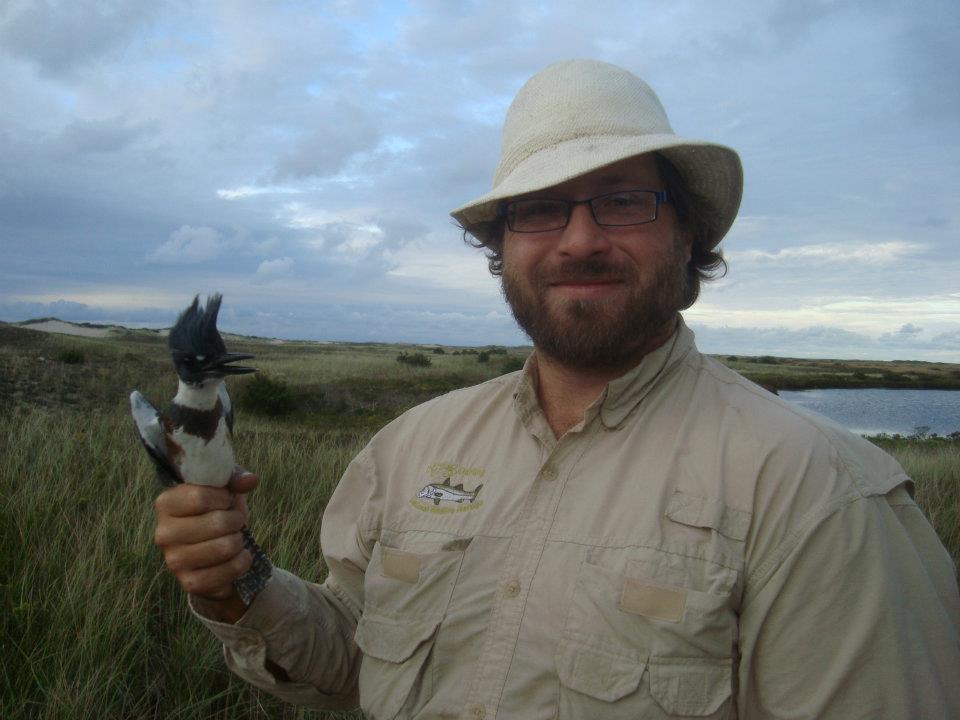
Bander in charge
James Junda
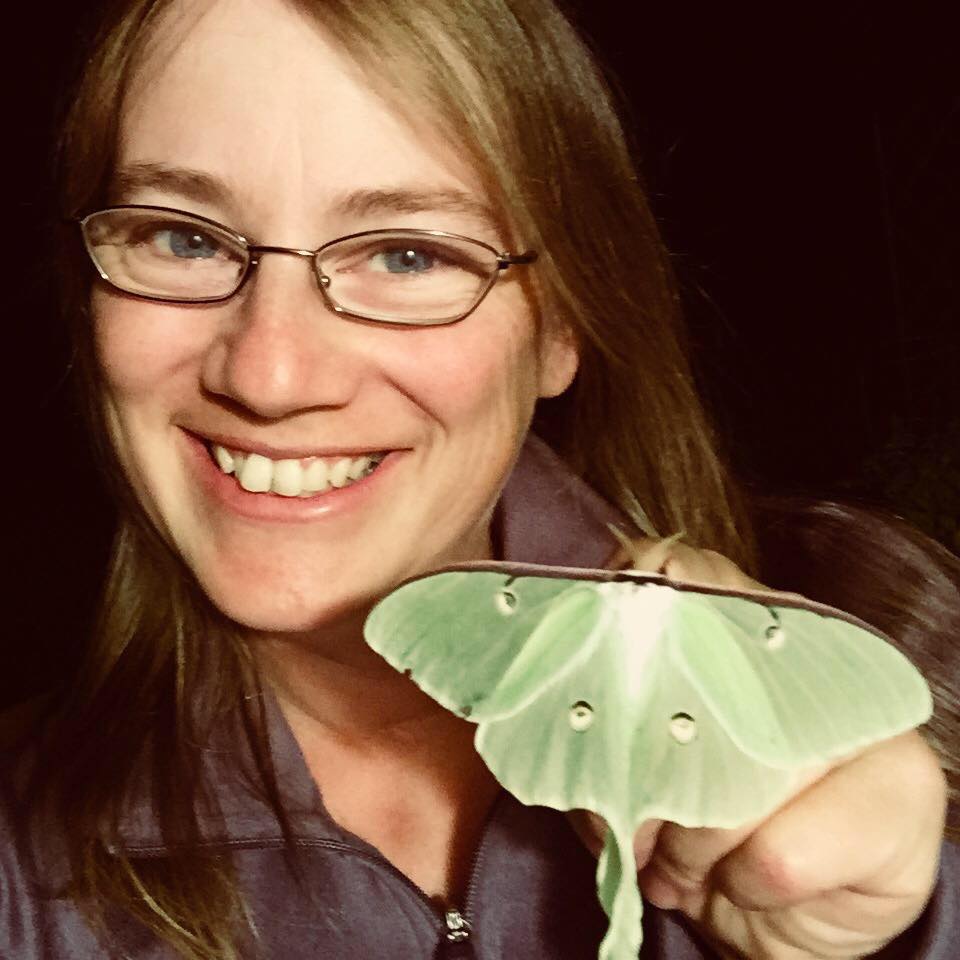
Bander in charge
Seabrooke Leckie

Owl Bander
Bob Barnhurst
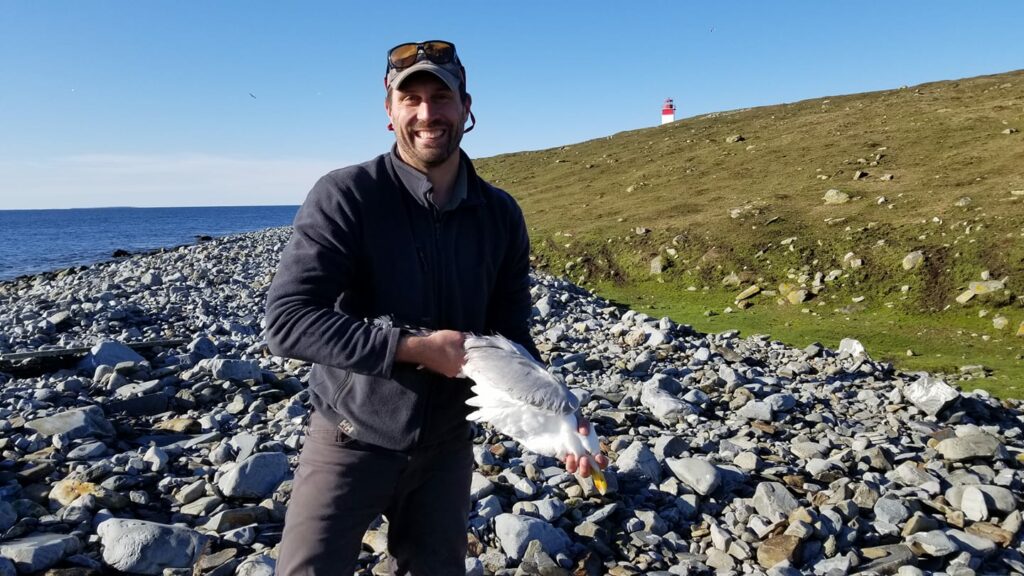
Owl Bander
Shawn Craik
